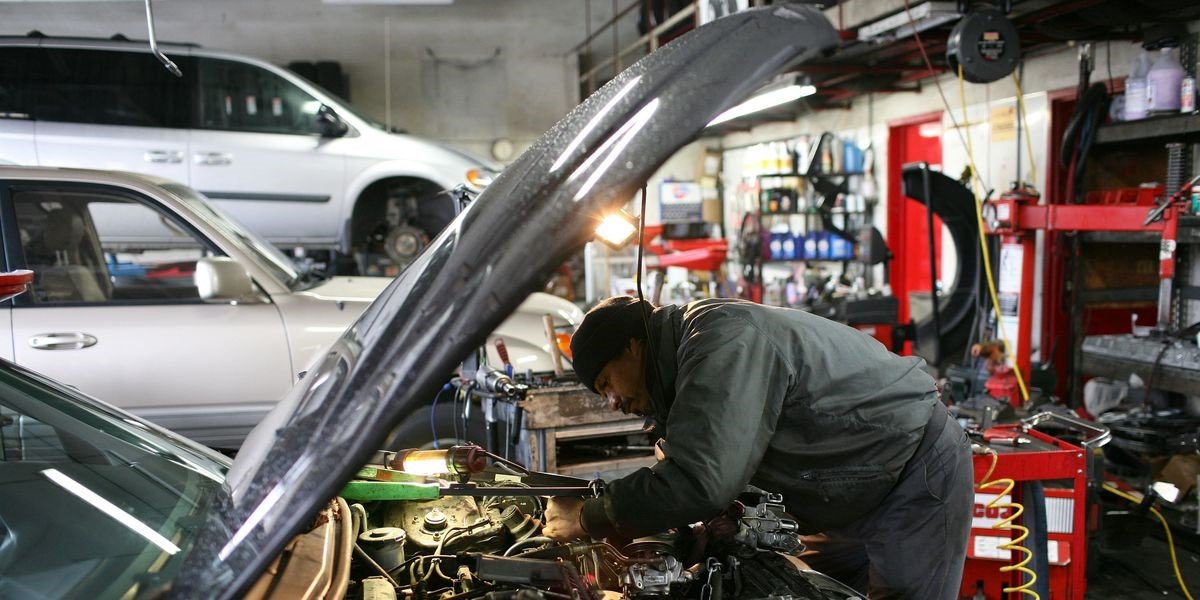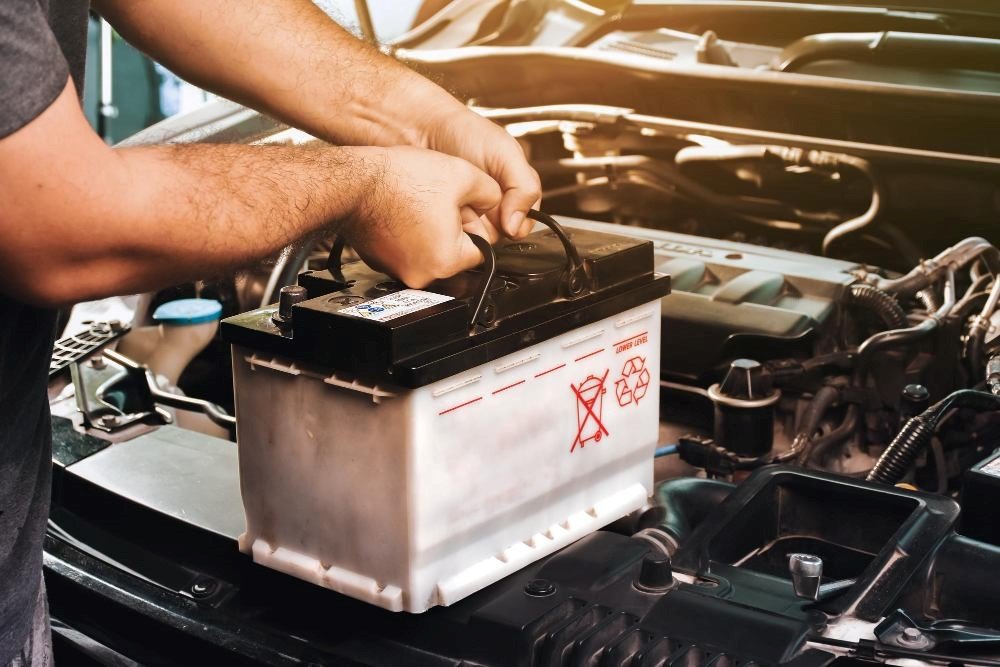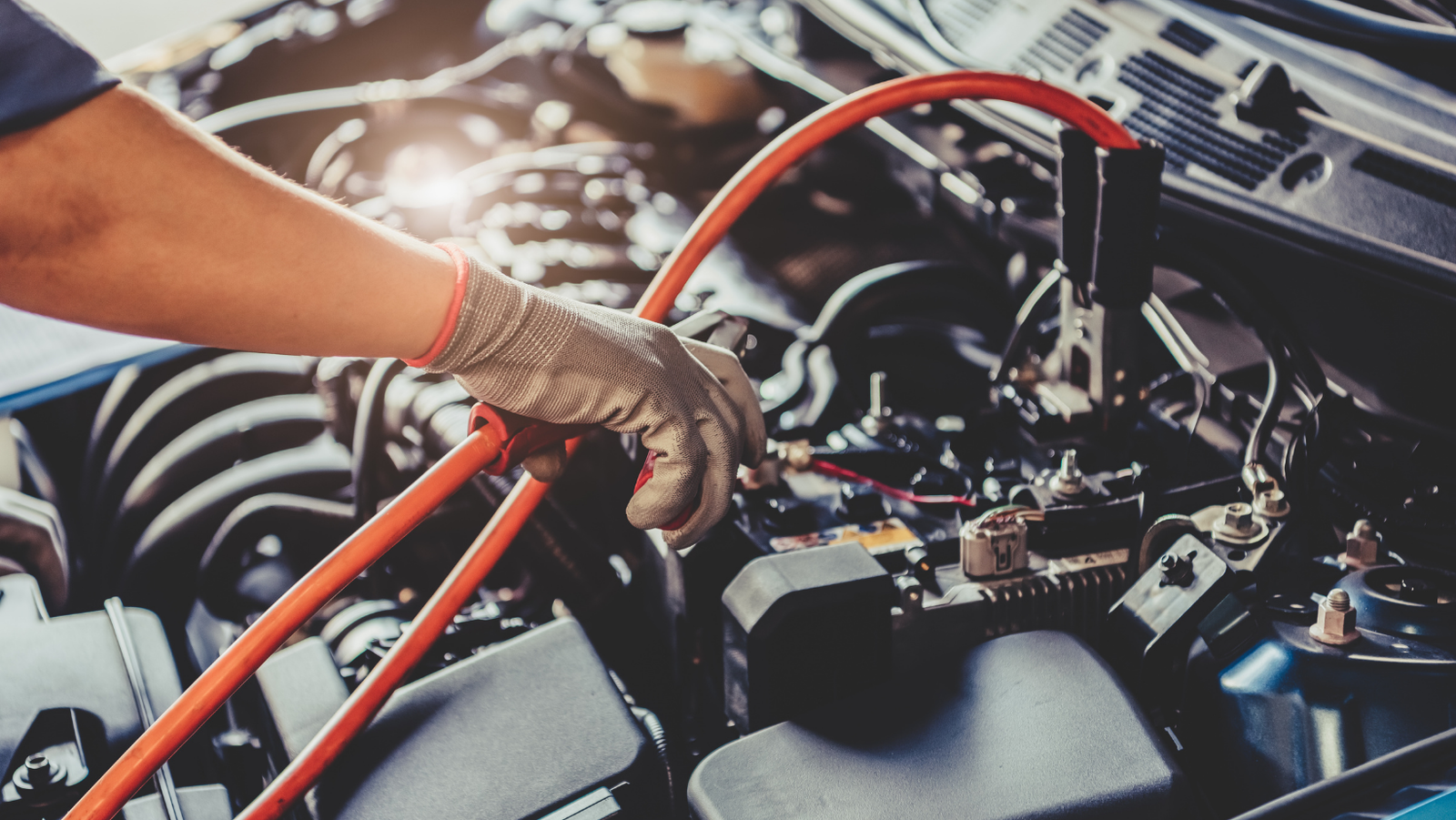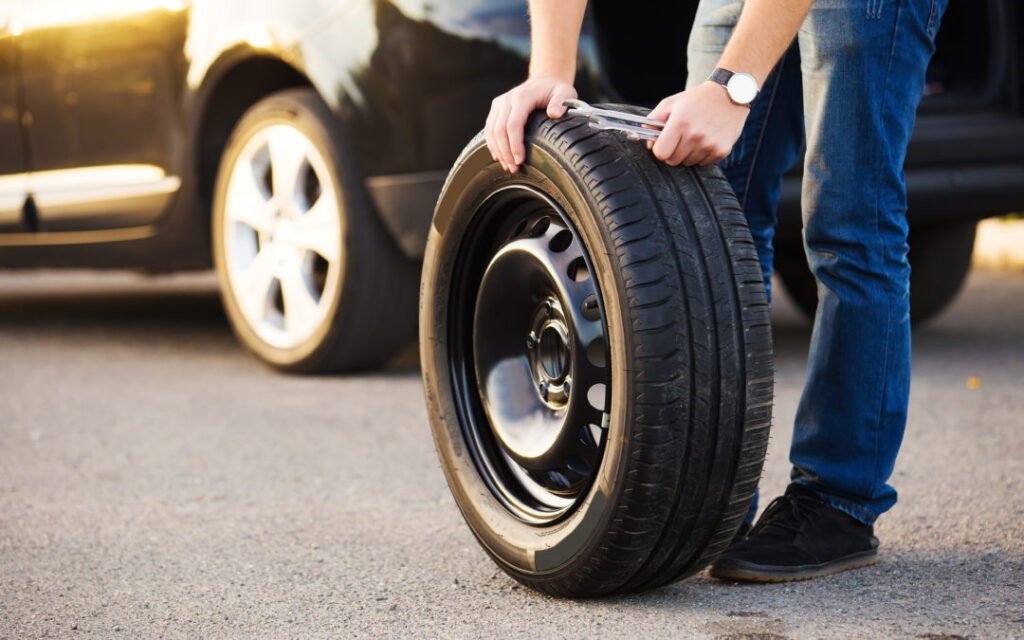
What is an MTA Assured Auto Repair Shop and Why is it Important?
Choosing the right auto repair shop can be a daunting task, especially when you’re looking for quality, reliability, and professionalism.
ONEHUNGA, AUCKLAND | OPEN 7 DAYS | Mon to Fri: 9.00 am - 5.00 pm, Sat to Sun: 9.00 am - 2.00 pm

Choosing the right auto repair shop can be a daunting task, especially when you’re looking for quality, reliability, and professionalism.

Choosing a reliable auto repair shop can be challenging, especially when you want to ensure quality and safety in the

Ensuring your vehicle’s mechanical health is crucial for both performance and safety on the road. Ignoring certain mechanical issues can

Mechanical repairs have long been a cornerstone of the automotive industry, ensuring vehicles operate safely and efficiently. As technology continues

Your car battery is one of the most crucial components of your vehicle, providing the power needed to start the

As the world transitions towards cleaner and more sustainable energy sources, the importance of battery technology cannot be overstated. From


The health of your vehicle’s wheels and tires is important. Finding reliable and top-notch wheel and tire services can make

When it comes to maintaining your vehicle’s health and ensuring it performs optimally, choosing the best car repairs in Auckland

Are you in search of a reliable mechanic for car issues in Auckland? Whether you need the services of a
EXCELLENTTrustindex verifies that the original source of the review is Google. Very Polite and Good service Good location and handling one customer at a timeTrustindex verifies that the original source of the review is Google. Very friendly guys here and super honest. They took a good look at my Subaru which had plenty of work needed. They quickly assessed my vehicle in around an hour and gave me great advice, and what my best options were, and they didn't even charge me for the inspection. Would definitely trust them to give you a good service.Trustindex verifies that the original source of the review is Google. Excellent communication and assessment of car. Friendly prompt service, and able to explain to a layman (me) exactly what the car needed ! I would recommend :)Trustindex verifies that the original source of the review is Google. Have been bringing all my cars to Enhanced Motors for wof's and alignments for the last couple years. Bhavin is an excellent mechanic and really takes pride in the cars he works on. Great pricing, efficient and will use genuine parts if you request him. Also open 7 days which is very convenient. Highly recommend.Trustindex verifies that the original source of the review is Google. I highly recommend Enhanced Motors in Onehunga for WOF and mechanical vehicle service. Bhavin's very professional work improved our van's parking brake performance at a very reasonable price and in a timely manner. Thanks, guys!Trustindex verifies that the original source of the review is Google. Great reliability service as always, highly recommendTrustindex verifies that the original source of the review is Google. What a pleasant find on a Sunday when I required a WOF! Not only was the WOF check thorough, but Bhavin also identified potential issues and provided valuable advice to prevent future problems. One of the cleanest and most organised workshops I have seen. A credit to the team who were pleasant and friendly to deal with. As my trailer is reasonably sized, the large area out the front was an added bonus. Will definitely return.Trustindex verifies that the original source of the review is Google. Very friendly team and great pricing, no bullshit from this guy he’s very honest and I’ll be coming again!Trustindex verifies that the original source of the review is Google. Amazing dealing with Bhavin… thanks mate

51A Victoria Street, Onehunga Auckland New Zealand 1061
© 2025 | Creative Website Design By Digital Refinery